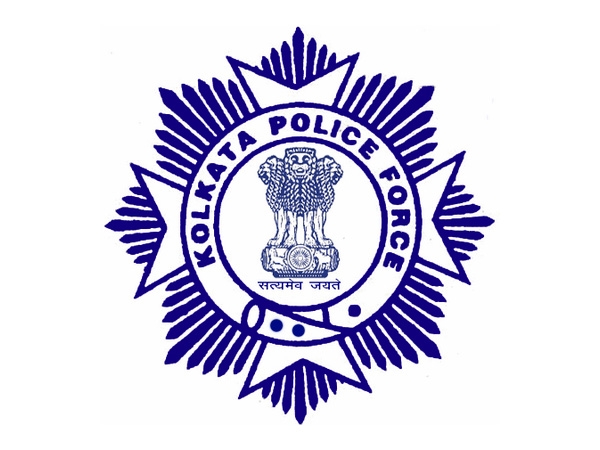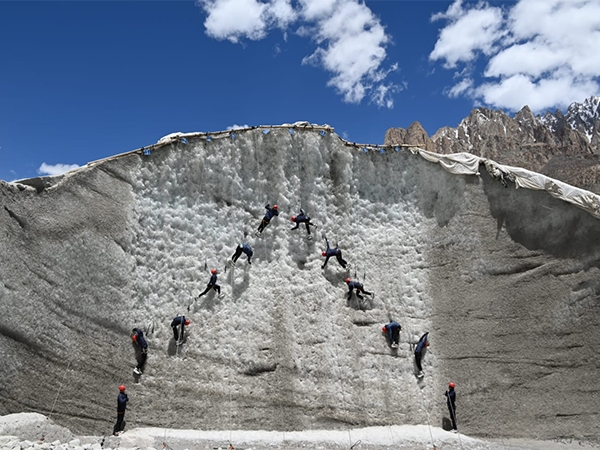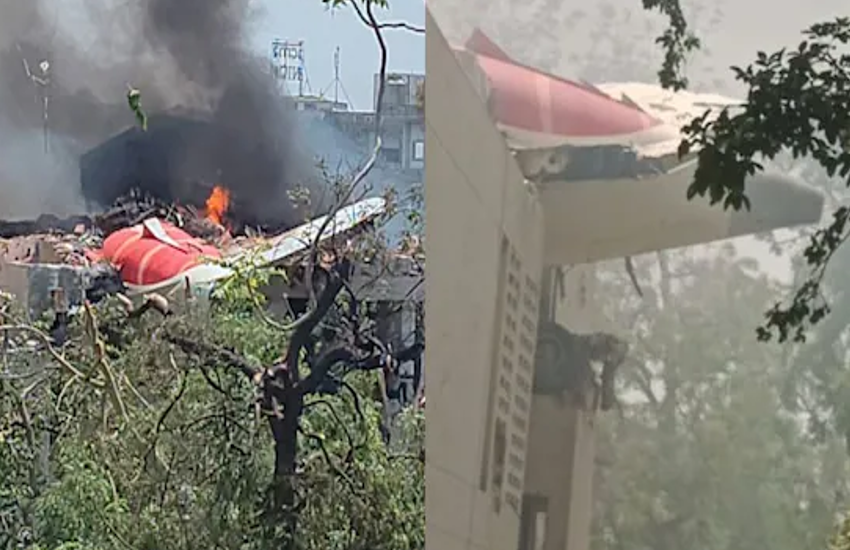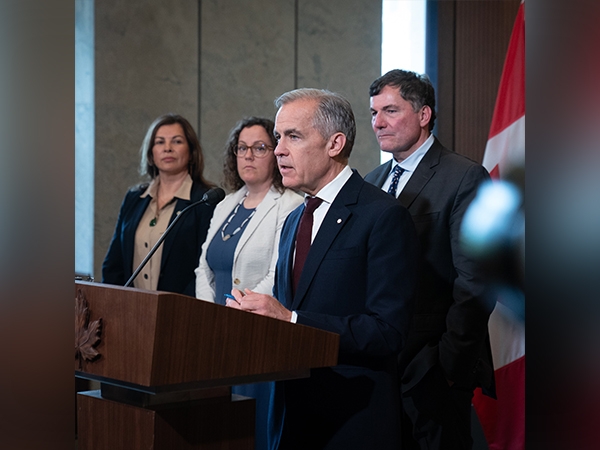Caste bias, administrative paralysis made Haryana burn during Jat protests

- Report is a probe into the acts of omission and commission by Haryana officials during the February 2016 Jat agitation.
- Report accuses state government officials of caste bias in the form of inaction, absence from duty and connivance with agitators.
- Opposition has come down heavy on the state government for releasing only the first part of the report and concealing the second part.
- Congress and INLD said that if the Khattar government does not reveal names of the people involved then there is no point in the report.
- Report briefly mentions the alleged gangrapes that took place on 22 February.
- It singles out BJP MP from Kurukshetra, Raj Kumar Saini, for spewing venom against Jats.
The Prakash Singh committee report, that is probing acts of omission and commission by Haryana officials, has come down heavily on the state machinery for its dereliction of duty during the Jat agitation. After being under pressure for almost 20 days since the submission of the report, the Manohar Lal Khattar government eventually made the first part of the report public. But the Opposition has attacked it for concealing the contents of the second part, which deals with intelligence.
Path of destruction
The report has underlined that the riots in February for reservation in educational institutions and government jobs by Jats were unprecedented:
- 30 people were killed
- property worth at least Rs 20,000 crore was destroyed
- about 1,196 shops were set ablaze
- 371 vehicles were damaged or burnt
- 30 schools, colleges and 75 houses were set on fire
- 53 hotels and marriage venues were destroyed
- 23 petrol pumps were attacked
- 15 religious institutions were vandalised
- the riots paralysed the state for 10 days
- about 7,232 trees were cut down by agitators to block roads
- Even the police were not spared - 29 police stations and posts were set ablaze; weapons were looted.
Hitting hard at government functionaries the report has pointed towards caste bias of officers in the form of inaction against rioters, connivance with the vandals, absence from duty or desertion of posts and abetting the hooligans.
"The bias was conspicuous at the level of SDM/DSP/SHOs. Many of them could have played a more positive role and used the available forces to contain the disturbances, but they preferred to turn the Nelson's eye to the violence taking place in front of them. It was distressing to see even some district officers affected by this virus. The administration could not have been more inept, the police could not have been more derelict and collusive," the report states.
Army 'over exposed'?
On the utilisation of the Army in a big way, the report quotes additional chief secretary (Home) saying that "the agitators were not daunted by the presence of the Army".
Pointing out that this could have been because of the Army getting "over-exposed", the committee said the Army should be brought in for internal security duties only if there is a well-considered request from the Home Department of the state.
Prakash Singh has dealt at length with the issue of polarisation in Haryana society and has pointed out that today there are Jats on one side and the remaining 35 communities on the other. He also singled out the BJP MP from Kurukshetra, Raj Kumar Saini, for spewing venom against Jats.
Failure of top officials
The committee has held top officials responsible for administrative paralysis during the agitation.
"The director general of police (YP Singhal) remained confined to Chandigarh and was content with issuing some orders. He did not lead from the front and did not care to inspire or motivate the personnel in the field. The Home Department was a washout. The additional chief secretary (Home) (PK Das) could not produce before the committee even one page of directions/instructions which he may have issued to deputy commissioners or the superintendents of police," the report says. Das reportedly was issuing instructions on Whatsapp when internet services stood stalled in the districts.
The report has further pointed at the great hesitation in using force at the district level.
"There was a general impression that if they used force, firstly, it may prove counter-productive in the sense that the situation may become worse and, secondly, their action may not be defended by the state government," the report states.
The committee has supplemented this with the view, "Nevertheless, the fact remains that any apprehension of legitimate, lawful executive action not being upheld by the government cannot become an excuse for inaction or abdication of the constitutional responsibility of maintaining law and order. When rioters are indulging in arson, burning schools and colleges, attacking certain groups of people, vandalising shops and business establishments, an officer entrusted with maintenance of law and order does not require any superior orders. The Criminal Procedure Code gives him all the powers and he is morally and legally bound to exercise them."
State machinery incompetent
On the issue of the civil administration and the police machinery cutting a very sorry figure, the committee has said that such a crisis happens not because officers serving the government were totally incompetent. It is a result of decades of politicisation and the resultant erosion of authority of established institutions.
"The bureaucracy in the state had lost its elan. The police had forgotten that it is the strong arm of the state and that is expected to use appropriate force when the authority of the state is challenged. Officers have started looking up to the political masters for directions even when law has given them specific powers and authority. There was institutional decay, leading to loss of initiative and officers playing safe most of the time," the committee has said.
Gangrape issue
The Prakash Singh Committee report briefly touched the issue of alleged gangrapes of women commuters near Murthal: "On 22 February, agitators set ablaze several vehicles parked near the Sukhdev Dhaba, Murthal and harassed the stranded commuters. They also reportedly misbehaved with some women." (page 141)
Despite the state government's claims that no rapes took place on 22 February in Murthal, amicus curiae Anupam Gupta has reportedly told the Punjab and Haryana High Courts that the Prakash Singh Committee report has a mention about the alleged gang rapes. He reportedly said Amrik Singh, the owner of an eatery at Murthal, had told the committee that he had seen a rush of women with their clothes in shreds. The government's status report on the issue however says something else. Special Investigating Team (SIT) Chief Mamta Singh reportedly told the court that the police interrogated the dhaba owner, who broke down during the six-hour interrogation but denied that the rapes took place.
Opposition hits back
Hitting out at the state government for making public an incomplete report, Congress President Ashok Tanwar said, "It shows the government's intention to hoodwink the public. We were opposed to this committee as it had no locus standi but we remained quiet thinking that it would bring out at least some part of the truth on what actually happened. But with the government not releasing 31 pages that contain the most important aspects regarding pin pointing failures with names, the entire effort stands nullified. We want the entire matter to be probed by a sitting Supreme Court judge."
Indian National Lok Dal (INLD) leader Abhay Chautala, while holding the government squarely responsible for the happenings during the Jat agitation, has said the government should take the onus of all that has happened on itself. He has demanded that the second part of the report be made public and action be taken against those who were guilty for pushing the state towards such a situation. He also criticised the Khattar government for taking action only against lower- and middle-rung officials, letting those at the top go scot free.
"If the government had no intention of releasing the second part of the report what was the purpose of documenting it," Chautala asked.
Ground report: scarred residents say Jat rampage was planned, blame netas
Jat Reservation Stir: All you need to know about Jats and their protest
Haryana's Khattar govt braces for round two of Jat agitation
First published: 2 June 2016, 11:41 IST

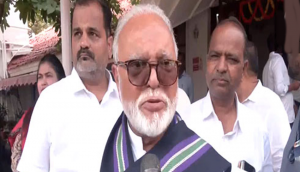
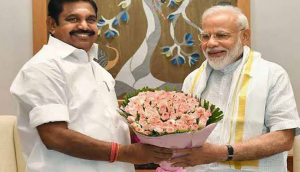
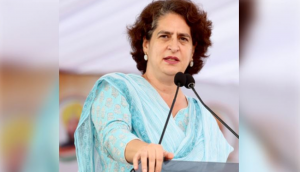
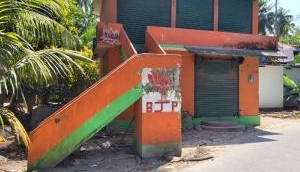
![BJP's Kapil Mishra recreates Shankar Mahadevan’s ‘Breathless’ song to highlight Delhi pollution [WATCH] BJP's Kapil Mishra recreates Shankar Mahadevan’s ‘Breathless’ song to highlight Delhi pollution [WATCH]](https://images.catchnews.com/upload/2022/11/03/kapil-mishra_240884_300x172.png)

![Anupam Kher shares pictures of his toned body on 67th birthday [MUST SEE] Anupam Kher shares pictures of his toned body on 67th birthday [MUST SEE]](https://images.catchnews.com/upload/2022/03/07/Anupam_kher_231145_300x172.jpg)


